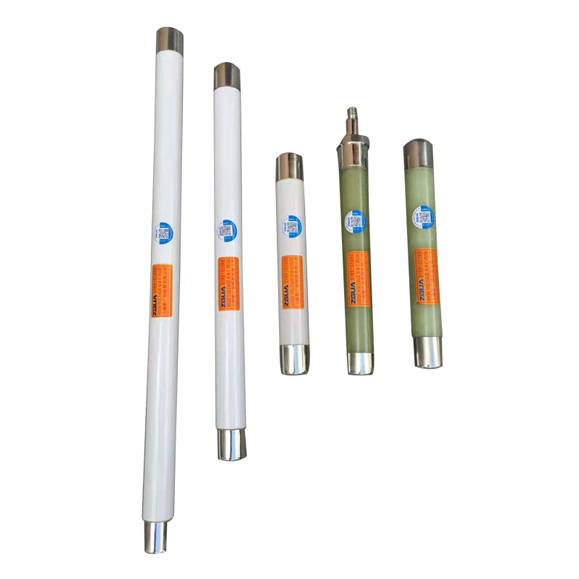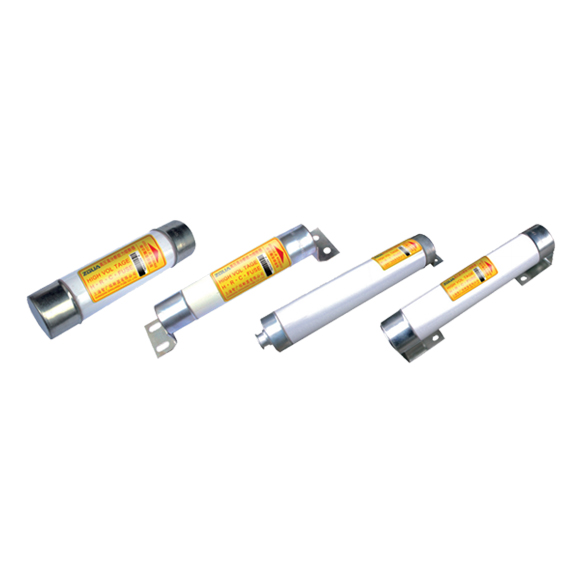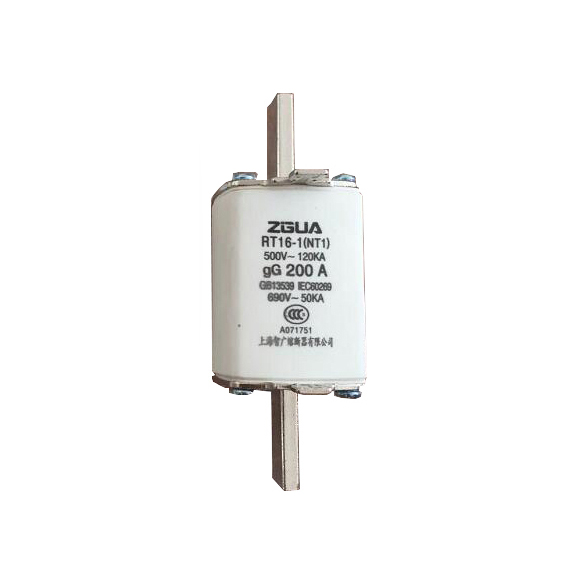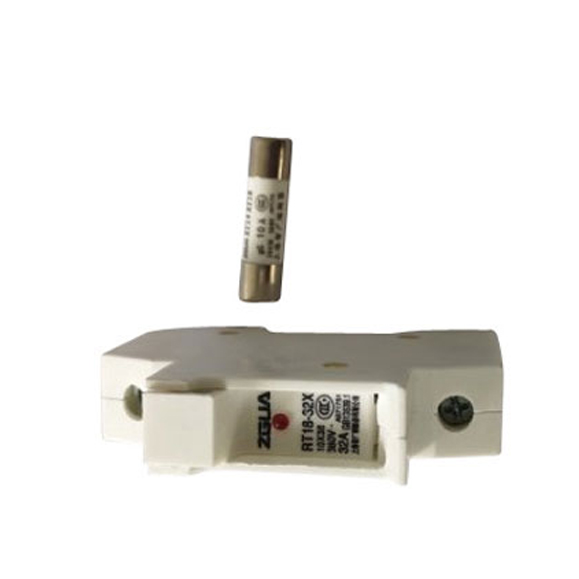What material are high voltage fuse links made of
What material are high voltage fuse links made of?
(1) Conductor material: Usually a metal with good electrical conductivity, such as lead, aluminum, or silver.
(2) Insulation material: used to wrap conductors to prevent current from directly contacting the external environment. Common insulation materials include ceramic, fiberglass, and plastic.
(3) Breaking component: The key part of the high-voltage fuse. It is a material that can break the circuit when the current is too large. Common breaking elements include lead wire or alloys with specific melting temperatures to ensure interruption of current flow in the event of overload.
A high-voltage fuse is an electrical component installed in a circuit to ensure the safe operation of the circuit.
How to test a high voltage fuse link
(1) Appearance detection method
When testing the quality of the fuse, you can first conduct an appearance inspection to see if the fuse is obviously damaged or broken. If the fuse appears to be intact, further internal inspection can be performed.
(2) Electric heating iron method
The electric heating iron method is a common method to detect the quality of the fuse. You need to remove the fuse and heat both ends of the fuse with an electric heating iron. If the fuse can be blown, it means the fuse is normal. If the fuse does not blow, there is something wrong with the fuse.
(3) Ammeter method
The ammeter method is another commonly used method to detect the quality of the fuse. You need to use an ammeter to connect both ends of the fuse. If the fuse is normal, the value indicated by the ammeter should be 0. If the fuse is abnormal, the value indicated by the ammeter will not be 0.
(4) Short circuit method
The short circuit method is a relatively dangerous method to detect the quality of a fuse. It requires shorting both ends of the fuse with wires and conducting a power test. If the fuse can handle the current, then the fuse is normal, otherwise, there is something wrong with the fuse.
In short, you must pay attention to safety when testing fuses. If you don't have relevant professional knowledge, it's best not to do it yourself. You can ask professionals to repair or replace it. This ensures the safety of home circuits.
What is a high voltage fuse link?
The main function of fuses is to protect circuits and equipment from short circuits, but some also have overload protection functions. High-voltage fuses are mainly used in power plants and substations to protect factory transformers, power transformers, power capacitors, and voltage transformers.
Among the current high voltage fuse links, the most common ones are quartz sand-filled current-limiting fuses, including RN1. RN2. RN3. RN5 and RN6. Different models have different material selection and use ranges, among which RN1, RN3, and DRN5 types It is used for AC power lines and distribution transformers.
In the overload and short circuit protection of voltage transformers, however, the RN2 and RN6 types are used for the protection of voltage transformers, and RNS5RN6 are improved types of RN1 and RN2 respectively.

 English
English 中文
中文 Pусский
Pусский Français
Français Español
Español





